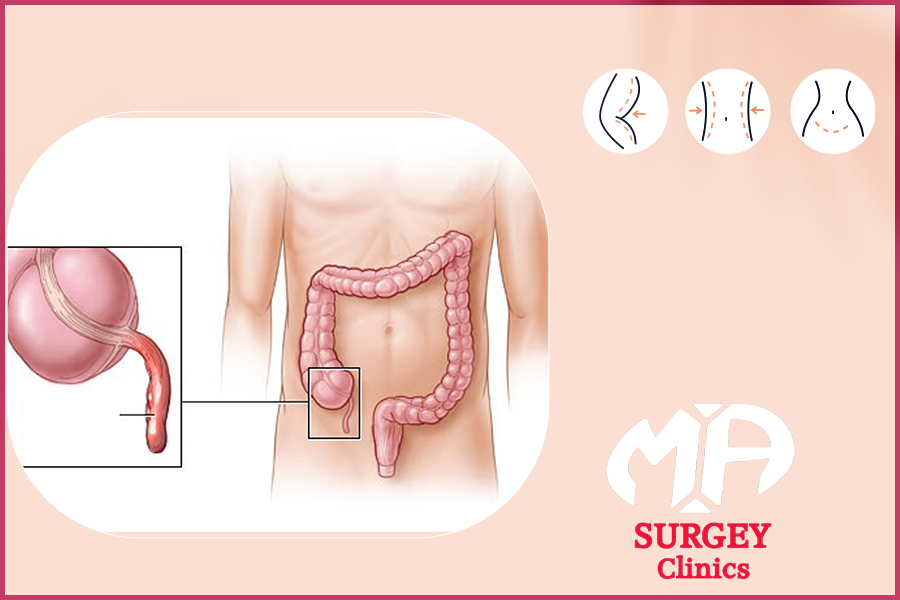Laparoscopic cholecystectomy and appendix removal
Laparoscopic cholecystectomy is a modern surgical procedure performed through small incisions in the abdomen, reducing pain and recovery time compared to traditional open surgery.
First: Laparoscopic Cholecystectomy
The gallbladder is removed when gallstones form in it, causing severe pain, inflammation, or obstruction of the bile ducts.
🔹 How is the surgery performed?
✔️ A laparoscope is inserted through small incisions in the abdomen.
✔️ The gallbladder is separated from the liver and bile ducts and then removed through one of the incisions.
✔️ The patient can return home the same day or the next day.
🔹 Advantages:
✔️ Less pain compared to traditional surgery.
✔️ Faster recovery within days.
✔️ Very small cosmetic scars.
🔹 Possible Complications:
⚠️ Injury to the bile ducts (very rare).
⚠️ Fluid accumulation or internal bleeding.
⚠️ Temporary digestive disturbances after surgery.
Second: Laparoscopic Appendectomy
The appendix is removed when it is acutely inflamed, which may cause severe pain in the lower right side of the abdomen, fever, and nausea.
🔹 How is the surgery performed?
⚠️ A laparoscope is inserted through small incisions in the abdomen.
⚠️ The appendix is cut and the blood vessels connected to it are closed.
⚠️ The abdominal cavity is cleaned in the case of severe inflammation or an abscess.
🔹 Advantages:
⚠️ Less pain and faster recovery compared to open surgery.
⚠️ Shorter hospital stay, and the patient is often discharged the same day.
⚠️ Less risk of infection and surgical scarring.
🔹 Possible Complications:
⚠️ Wound infection or fluid accumulation.
⚠️ Possibility of internal adhesions (rare).
⚠️ Rupture of the appendix before removal, which may lead to widespread inflammation in the abdomen.
💡 Both laparoscopic procedures offer faster recovery and fewer complications, allowing the patient to return to normal life sooner.


